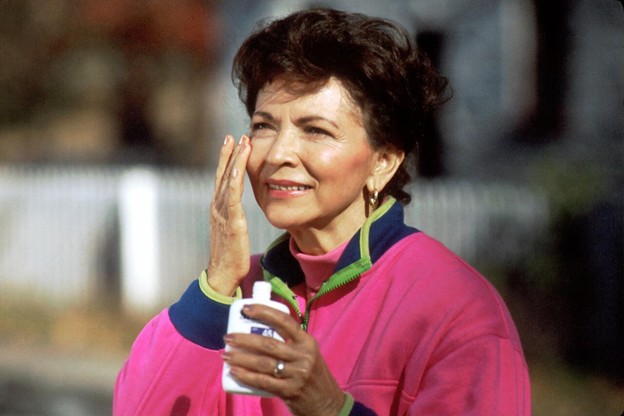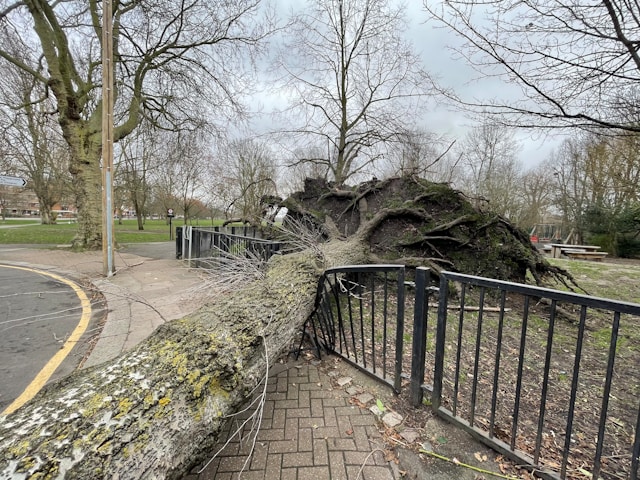
When a traumatic injury occurs to the spinal cord, a significant amount of risk is present. A person may experience a loss of function of their limbs. In other cases, they may have extensive pain and limited mobility. A spinal cord injury may be noted as the presence of a bruise. In other cases, a true tear of the cord can also occur. The location of this injury and the severity of it can lead to numerous changes in a person’s mobility.
What Are the Consequences of Traumatic Spinal Cord Injuries Like This?
In some situations, a person may lose partial or full loss of feeling. They may lose all control in their arms. Sometimes, it may affect both the arms and the legs. In some situations, a person may develop difficulty with blood pressure management. They may have intense breathing conditions. Other times, bowel and bladder control becomes difficult.
Why Do Spinal Cord Injuries Occur?
These types of spinal cord injuries can happen to anyone. However, they are particularly common in people between the ages of 16 and 30. They are also more common in males. This may be because of the activities those in this population of people engage in.
This type of trauma can occur from a variety of incidents, though it is typically the result of a major impact, such as in a car accident. It may also occur when there is a fall or some type of act of violence. Sports injuries can also cause it if it is hit at just the right level or position.
In all situations, when this type of accident or incident occurs, the first step is to protect a person’s life. The second step is to help encourage healing of the area through a recovery of system function. Initial treatment for any of these injuries may involve surgery to create spine stability. There may also be the need to use breathing controls.
Treating the Long-Term Effects
Because of how many types of injuries can occur with spinal cord trauma, the type of treatment needed can differ from one person to the next quite extensively. Dr. Sean Ataee MD provides some insight into how a rehabilitation program is created for those who have this condition.
“In most cases, the physiatry team works to determine the best type of rehabilitation for a person with this condition. They collect information to determine how the injury occurred and the severity of it, and then create a program that aims to improve, whenever possible, the functions that the individual has lost.”
In many cases, the initial examination by the physical rehabilitation team provides good insight into what the person’s long-term recovery may be. However, there is no way to know fully what to expect from this process. Each person may heal in their own way.
What Is the Goal of Rehabilitation?
After an injury like this, especially one that leads to a significant limitation on movement, the goal of rehabilitation is always the same. It is to improve the quality of life of an individual. While full recovery may not always be an option, there may be other steps these providers can offer that may help improve the overall quality of life of that individual, such as giving them more control over the daily activities of living.
There are a few key things that rehabilitation specialists may use to help improve outcomes for patients.
- Patient and family education: By providing families with a better understanding of the spinal cord injury and its severity, they are more prepared to handle the changes to daily life that may need to occur. Education about the injury can be complex since many of these injuries are quite difficult themselves.
- Improve function: The next primary goal of rehabilitation is to improve the function of any limitations a person has to the best of their ability. There is always a focus on improvement whenever that improvement is possible and is the desire of the individual. Improving function may not mean healing the problem fully but getting a person to the best level possible.
- Returning a person to the community: The goal is not to remain in rehab long-term. Rather, it is to get a person capable of returning to the community and their life as much as possible. This may include the use of assistive devices or significant changes within their home. It may mean learning new ways of accomplishing tasks.
Each person’s needs are different. However, patients and families receive the level of support they need. For example, they may need to learn prevention of further injury by utilizing safety methods and taking new precautions. Others may need to gain support for performing bowel and bladder changes and how to improve outcomes.
There is often the inclusion of physical and occupational therapy as well.
Many people with spinal cord injuries need to have a wide range of tools and techniques used to help them reach the best possible outcome. Yet, recovery often depends on the severity of the injury. The improvement a person sees in the first six months is often very important in gauging patients’ long-term outcomes.






